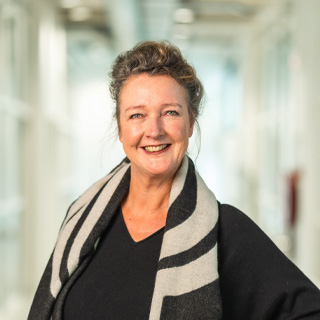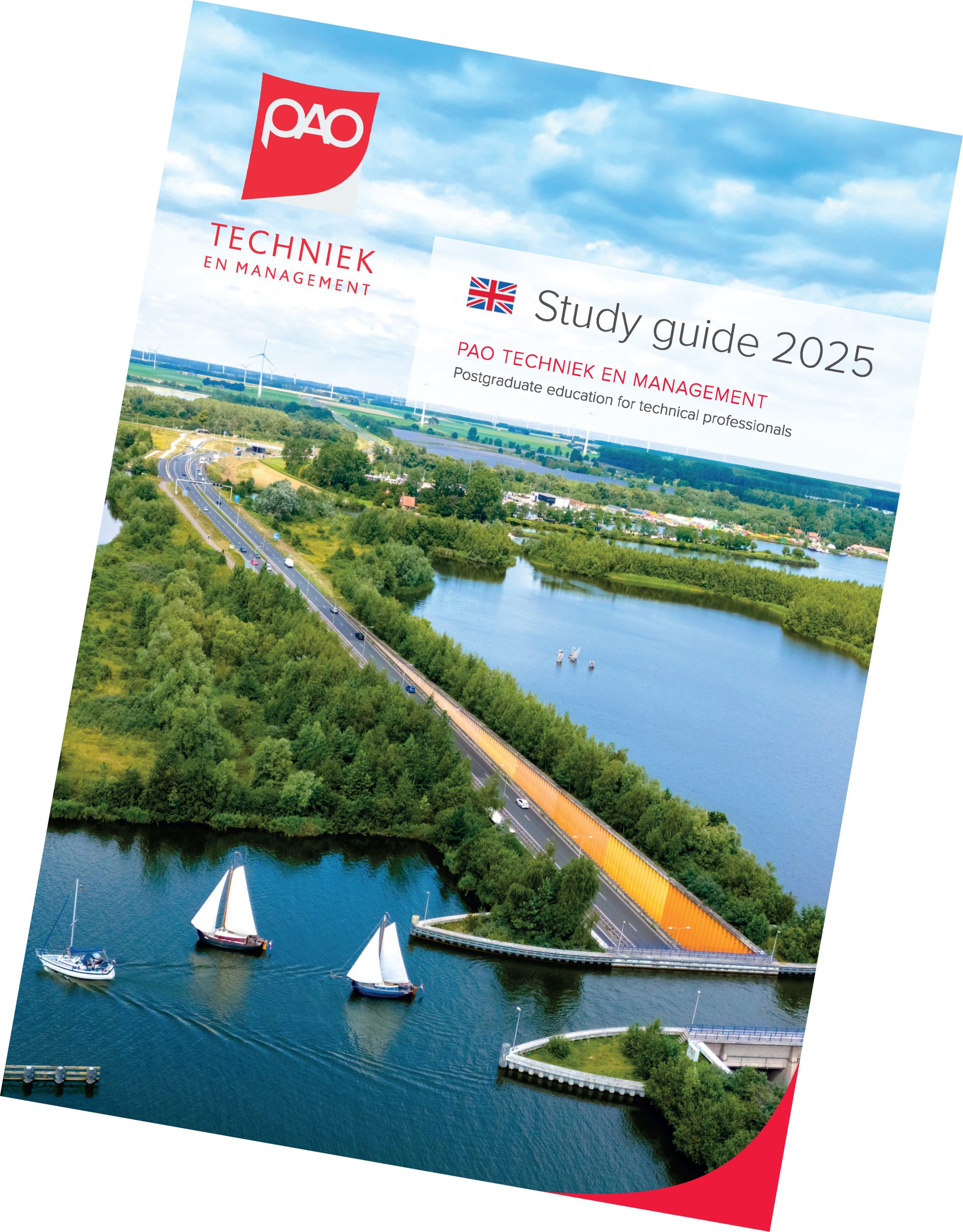Chemical Engineering - Physical Transfer Phenomena and Heat Transfer
This course focuses on applications of transport processes in separation processes.
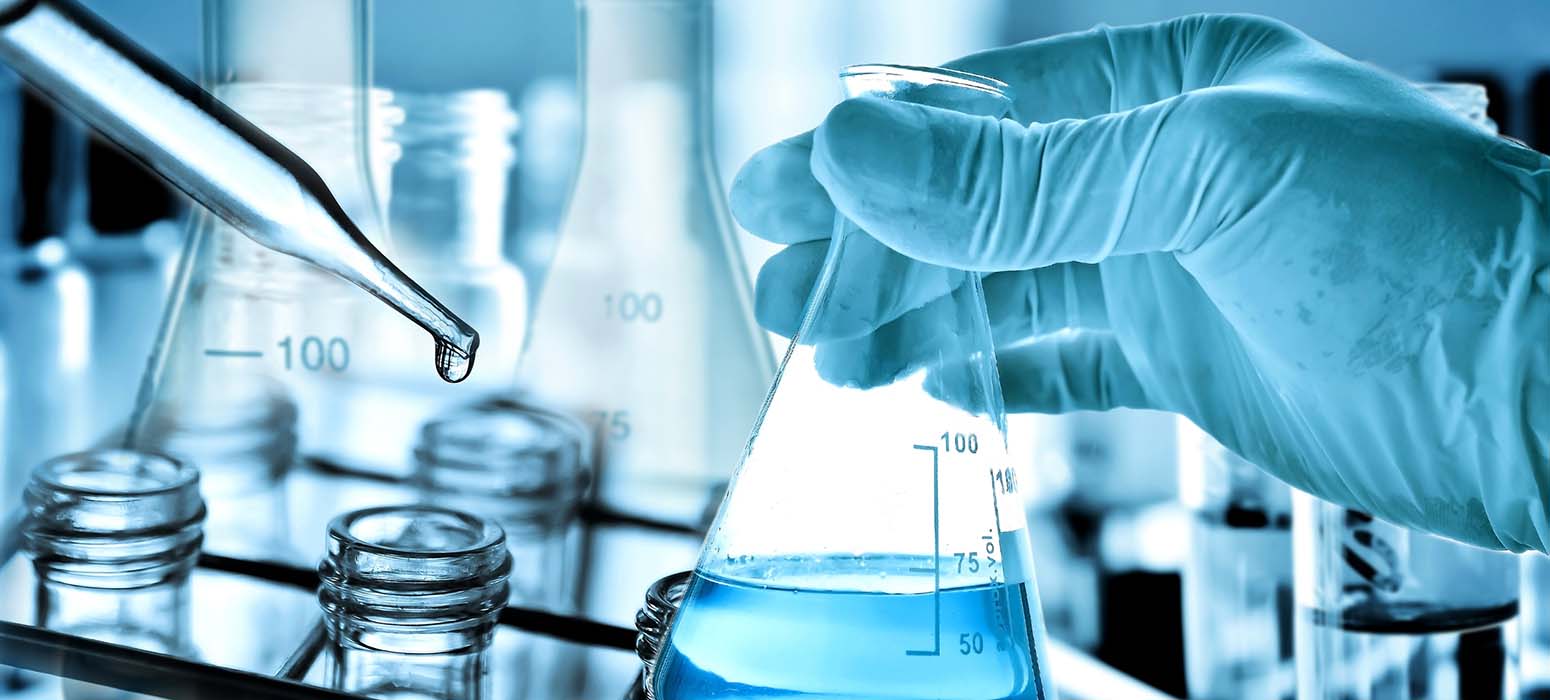
Applications of transport processes in all separation processes in chemical engineering
During all separation processes components want to move to the lowest concentration or temperature. Also during reactions components need to migrate to each other to make a the reaction possible. Mass or heat transfer occurs when a component in a mixture migrates in the same phase or to another phase due to a difference in concentration or temperature between two points.
A practical approach: effect of mass, density and temperature on mass, heat transfer and flow. Flux is about transfer related to velocity, temperature or concentration when they are not constant, quantity of a property passing through per unit area per unit of time. It is often proportional to the gradient of another property. The modes of heat transfer are conductive heat transfer (conduction), convective heat transfer (convection) and radiative heat transfer (radiation).
Pumps give energy to the fluid, to transfer it and transform mechanical energy (rotation of the impeller of the pump) to fluid energy so they use kinetic energy to make potential energy. There are two types of pumps: centrifugal pumps and volumetric pumps, with their own working behaviour. Thus behavior depends on the working point of the pump as cut of pumpcurve and systemcurve. The flow control is by means of frequency, rpm or valve.
Insight into physical transfer phenomena and heat transfer
After completing this course you are able to:
- Perform a simple mass balance on a fluid process
- Explain the difference between a fluidized and a packed bed
- Explain the differences between particulate and bubbling fluidization
- Calculate the minimum fluidization velocity for a fluidized bed
- Apply the energy balance to the design of a pump
- Extend the overall energy balance to derive the overall mechanical energy balance
- Explain how the concept of work and energy is applied to pumps and piping systems
- Calculate the energy needed to operate a pump in a piping system
- Recognize that a temperature difference is the driving potential for heat transfer
- Know the difference between a heat flux and a heat rate
- Realize that heat transfer may occur by one of the three basic mechanisms of heat transfer: conduction, convection, and radiation
- Solve problems in which heat is transferred by conduction in different materials/fluids in series or in parallel
Intended for
The course is meant for engineers, technologists, designers with a chemical, process, technological or mechanical background on bachelor or master level.
Within the program you can take six other courses. View them all on the page Chemical Engineering.
Course leader
drs. ir. Johan Krop
PAOTM is rated with an average of
Program manager
Why PAOTM
-
The latest post-academic knowledge and skills
-
Focused on questions that arise in a technical environment
-
Interactive and directly applicable in practice
-
Top teachers from science, research and business
Frequently asked questions
Program
- Registration
- Fluid Flow Theory & Application
- Break
- Heat Transfer Theory & Exchangers
- Lunch
- Applications in Industry
- Break
- Developments in Pump Application
- Wrap up & course evaluation
Course leader
drs. ir. Johan Krop
PAOTM is rated with an average of
Frequently asked questions
Dates and locations
Below you will find an overview of the available dates and locations. You can register immediately by clicking on the 'Register' button.
Investment
- Price excludes 21% VAT
- Including coffee, tea, lunches and (digital) course material
Frequently asked questions
In-company
Are several employees interested in the same course, do you want to enrich knowledge with the entire team or focus on your own practice? Then an in-company course could be interesting. We are happy to think along with you about the possibilities. PAOTM has extensive experience in organizing in-company courses in many technical fields for a wide range of companies. You can choose to have an existing course organized in-company for multiple employees. However, if you have a specific organizational or departmental issue, we can also design a unique course. For every customized request, we search our network at universities, knowledge institutes and the business community for the right teachers who can provide your team with the desired knowledge. We then put together a course based on your training needs, learning needs and organizational goals.
Curious about the possibilities? Contact one of our program managers or complete the form below. We are happy to make you a suitable offer.
FAQ's
In-company request
"*" geeft vereiste velden aan
Program manager
In-company courses of PAOTM are rated with an average of
Why In-company
-
A course tailored to your specific needs
-
Get started right away with your own cases
-
Led by top teachers with the most up-to-date knowledge
-
You choose where and when: always efficient
-
The entire team trained simultaneously
-
Customization possible in all our fields
Download the Study Guide
Would you like a complete overview of all our courses and trainings? Download the digital study guide!
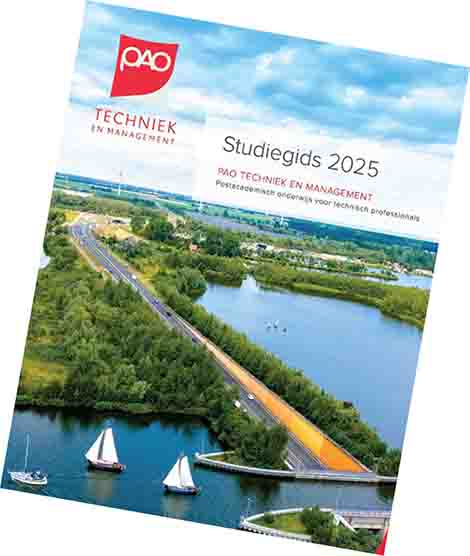
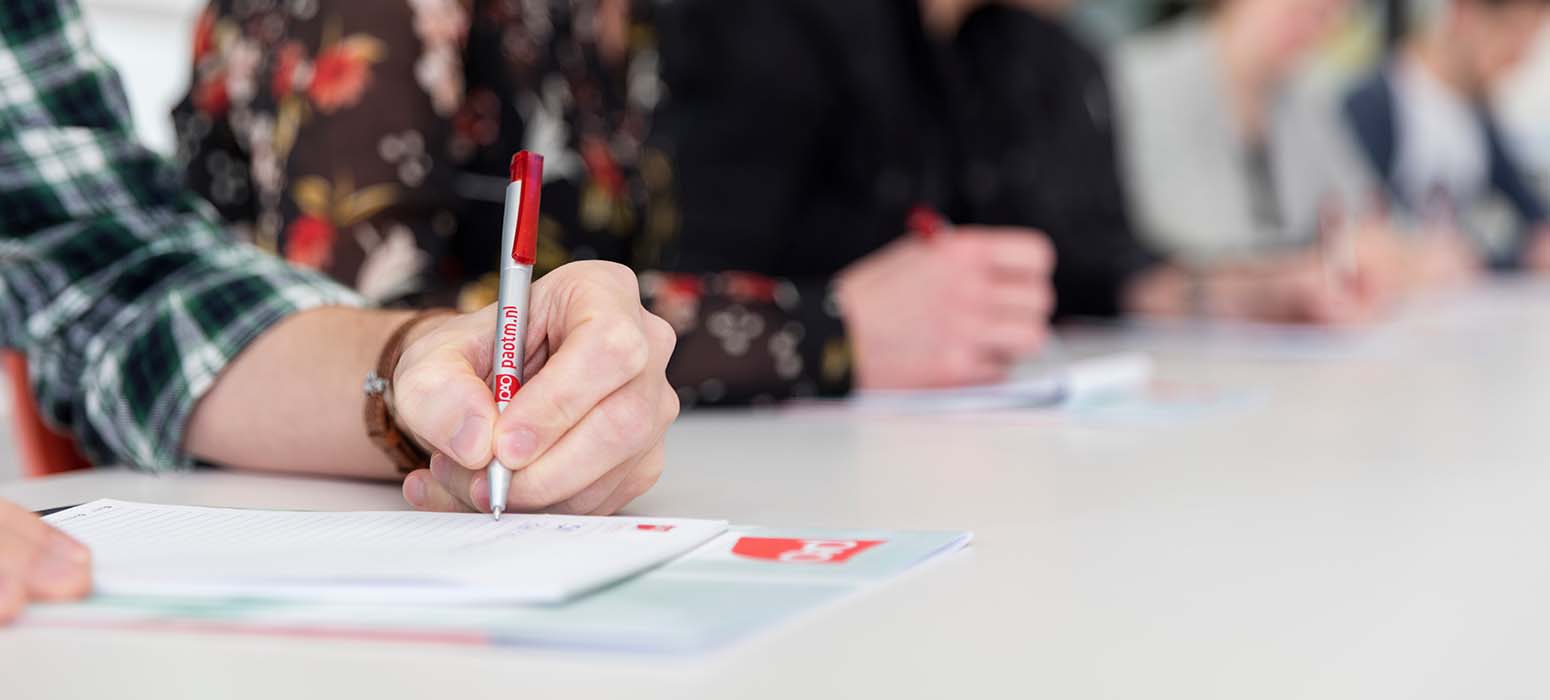
No start date available
No start date has been planned yet. Don't worry, you can register on our interest list. We will inform you immediately as soon as a new date is planned.
Our corporate partners
Subscribe for the newsletter
In our monthly newsletter we inform you by e-mail about courses, trainings, news and developments in the various fields of PAOTM. Select the topics of your interest!
Download the Study Guide
In addition to the course offerings, the Study Guide also contains the themes that we will further develop next year. Would you like a complete overview of our courses and training in your field(s)? Request the Study Guide and receive it digitally.

